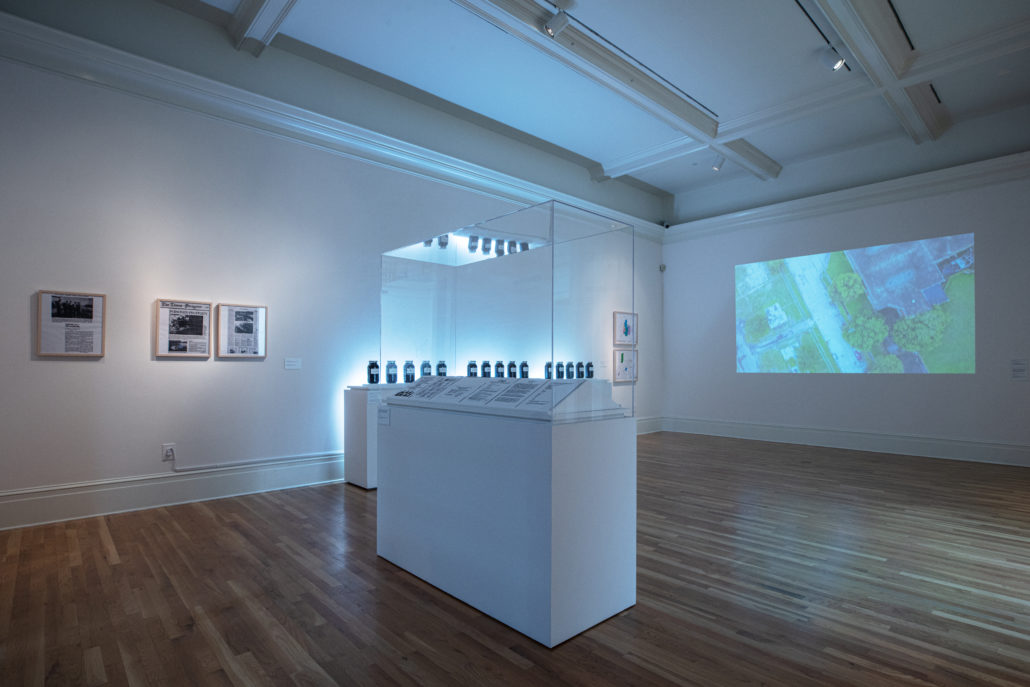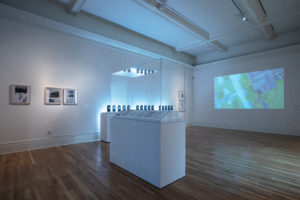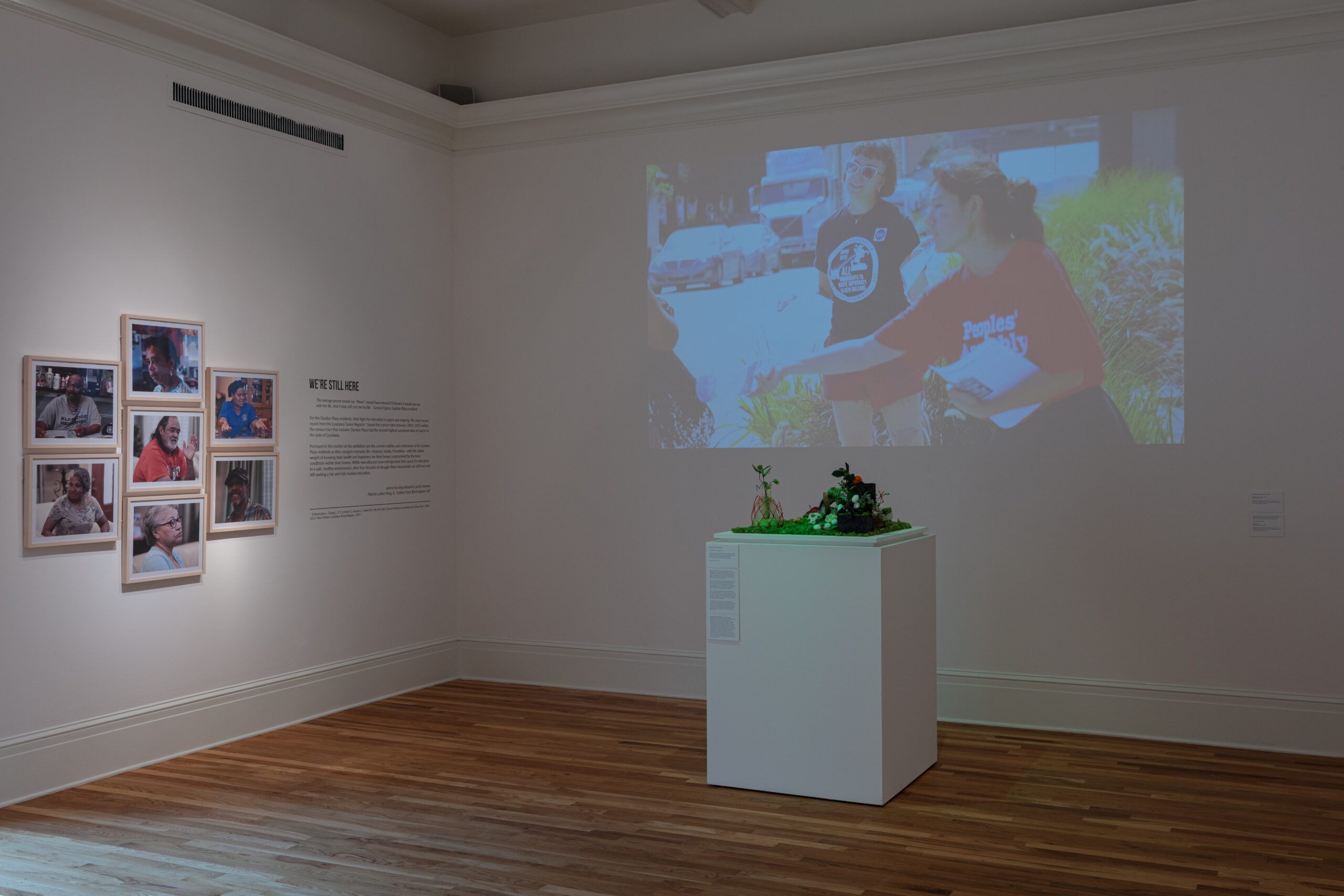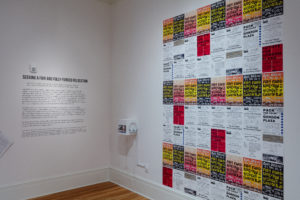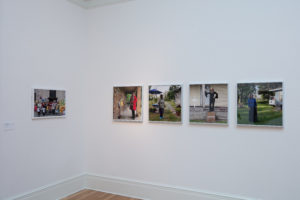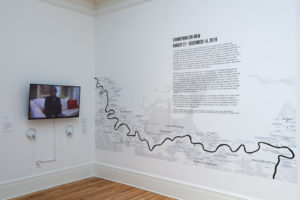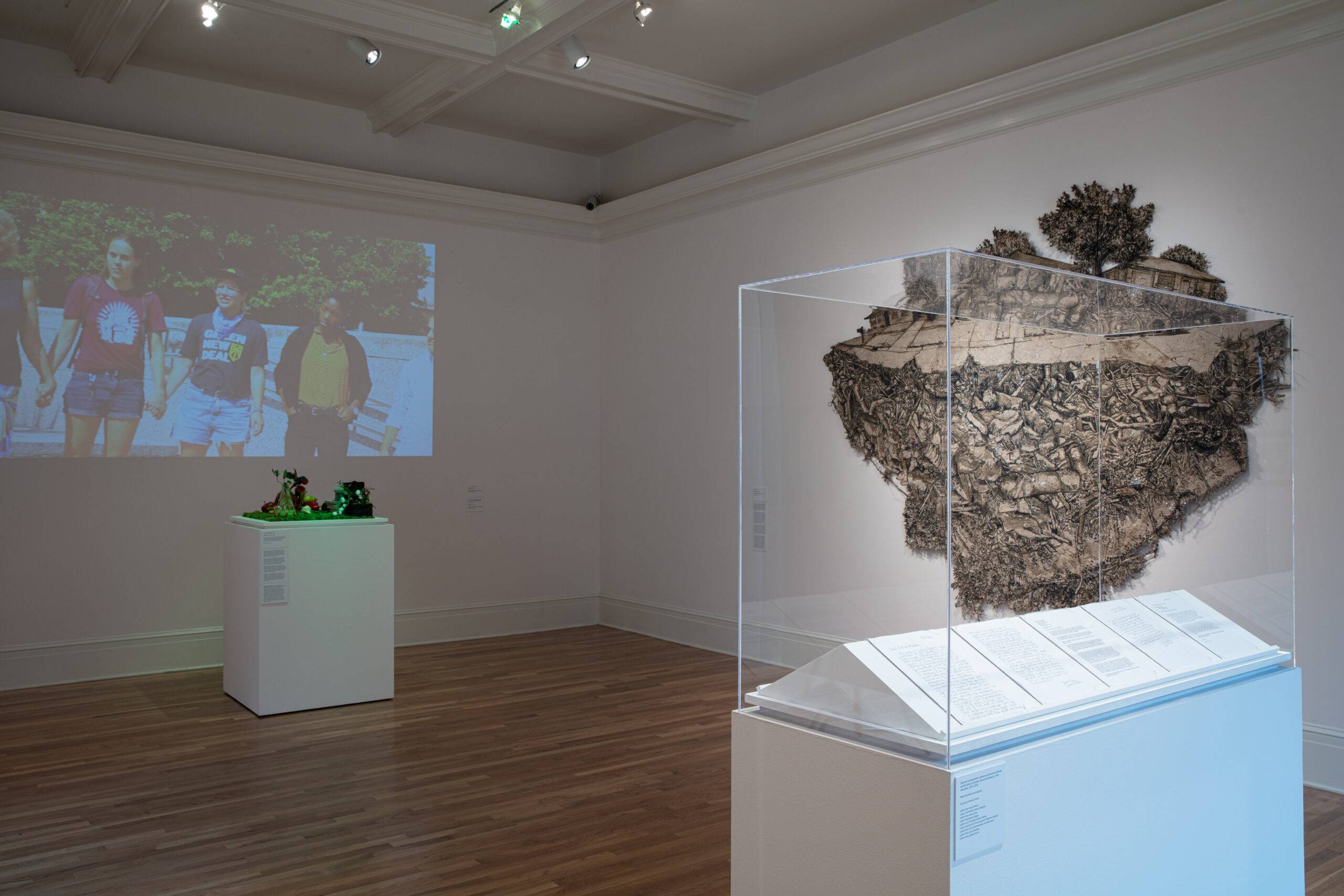The American Dream Denied: The New Orleans Residents of Gordon Plaza Seek Relocation
- Originated from a collaboration with the Residents of Gordon PlazaShannon Rainey, Lydwina Hurst, Jesse Perkins, Sam Egana, Marilyn Amar, Lionel Youngblood, Sheena Dedmond
- The New Orleans Peoples’ Assembly
- And Members of the Critical Visualization and Media Lab (CVML) at Tulane Universityled by Christopher Oliver, Professor of Practice, jointly between the Department of Sociology and Environmental Studies Program as well as Jill H. and Avram A. Glazer Professor of Social Entrepreneurship through the Phillis M. Taylor Center for Social Innovation and Design Thinking and Faculty Fellow in the Mellon Graduate Program in Community Engaged Scholarship.
- DurationAugust 21 – December 14, 2019
- Opening ReceptionSeptember 5, 2019
- CHECK OUT THE CVML WEBSITE
- ARCHIVED SCALAR WEBSITE
The American Dream Denied: The New Orleans Residents of Gordon Plaza Seek Relocation –organized by Tulane’s environmental studies students– explores the lived experiences of communities impacted by pollution, and its concomitant effects on health and environment.
Students from the Critical Visualization and Media Lab (CVML) led by Tulane sociology and environmental studies professor Christopher Oliver, PhD collaborated with New Orleans’ Residents of Gordon Plaza –Shannon Rainey, Lydwina Hurst, Jesse Perkins, Sam Egana, Marilyn Amar, Lionel Youngblood, Sheena Dedmond– and representatives from the New Orleans People’s Assembly to showcase the impact of living among life-threatening pollution with limited access to resources and raise awareness of the environmental crisis facing contemporary Louisianans and New Orleanians. As Rainey describes it, “we feel enslaved in our own homes.”
In 1981, the City of New Orleans utilized funding from the U.S. Department of Housing and Urban Development to build the residential neighborhood Gordon Plaza in the Upper Ninth Ward on top of the Agriculture Street Landfill–a toxic waste dump that serviced the entire city for more than half a century.
“What was initially branded as a way for working class Black and African American New Orleanians to access the American Dream of homeownership turned into a nightmare as the residual outcomes of living on top of a landfill began to effect the residents in real and adverse ways – often having deadly conquences for those living there,” says Oliver. The exhibition – equal parts art show, social history, and critical visualization project – presents, in a myriad of ways, a chronological and visually engaging look at the residents’ fight for a fully funded relocation with an emphasis on the role of women in activism, the effect on day-to-day living, and the frustrations of the “promised” American Dream.

